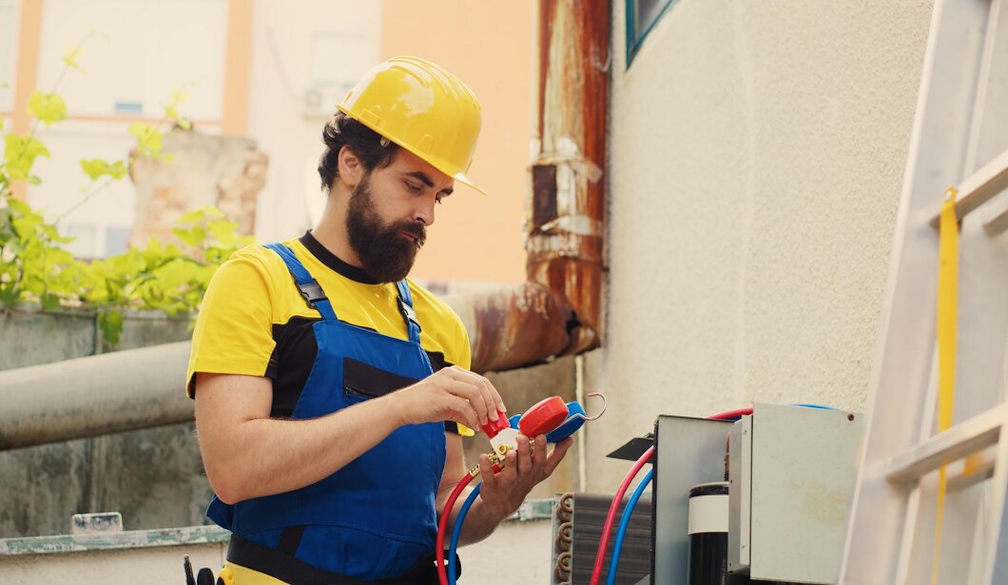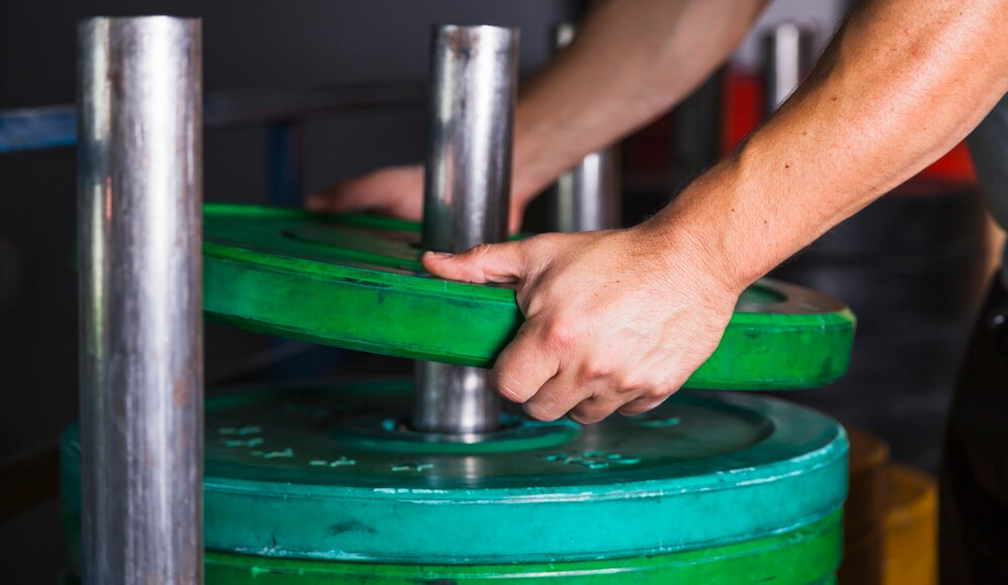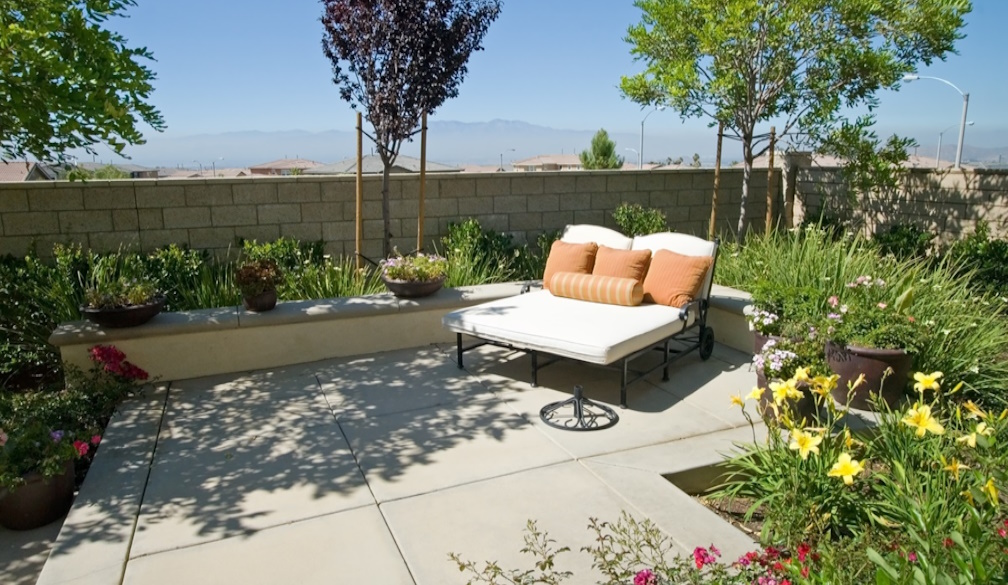7 Easy Ways to Save Money When Moving to a New Apartment
- Written by iVillage

Moving to a new apartment in Melbourne can be exciting but expensive. A smart way to save is to compare every service, with some proper planning. By choosing affordable services like a good moving company in Melbourne and a cheap electricity plan you can save a lot. Here are 7 ways to make your move affordable and keep the essentials like electricity on budget.
1. Compare Electricity Providers
One of the simplest ways to save is to compare electricity providers Melbourne. Different electricity companies have different plans, so take some time to look at each one. Many Melbourne electricity companies offer discounts for new customers and finding the right plan for your budget will reduce your bills.
2. Set Up Utilities Before You Move In
Setting up utilities such as water, gas and electricity—before you move in will save you extra fees. If you do this in advance you can compare Melbourne electricity companies and choose the best plan for you. This will also avoid rush fees for last-minute connections which can add to your moving costs.
Saving on Utilities in Your New Apartment
Once you’ve chosen an electricity provider these will help you save on ongoing utility costs:
3. Get Rid of What You Don’t Need
Moving is a great opportunity to get rid of what you no longer need. The less you move the less you’ll pay. Consider selling things you no longer use like furniture, clothes or appliances on community websites or at local markets. This way you’ll earn some extra cash and make moving easier.
4. Choose the Right Moving Company
With so many options available, choosing the Connect Market’s removalists Melbourne is important. Some companies offer full-service moves including packing and unpacking while others just provide transport at a lower cost. Research reviews, get quotes and make sure there are no hidden fees. A good moving company with a good reputation will save you money and reduce moving day stress.
5. Book Your Movers Early
Booking movers in Melbourne early is another way to save. Last-minute bookings are usually more expensive and you have limited options. Compare prices from different movers and ask about any weekday or off-peak discounts. By booking ahead you’ll get a better deal and avoid extra costs.
6. Reuse Packing Materials
Buying packing supplies like boxes, bubble wrap and tape can be expensive. Instead try to get free boxes from local stores, websites or friends who have recently moved. Use items like newspapers, old towels and blankets to wrap fragile items. Reusing packing materials will save you money and reduce waste making your move more eco-friendly and cost effective.
7. Plan Small Purchases Before Moving
When you move you’ll need some essential items for your new apartment like cleaning supplies, furniture and kitchen basics. Make a list of the items you need most and look for cheap options at thrift stores or online marketplaces. Planning your purchases in advance will help you avoid impulse buys and keep your move within budget.
Summary
Moving to a new apartment is the perfect time to be mindful of your expenses. By planning your move, choosing an affordable moving company in Melbourne and finding the right electricity provider you can move into your new home without breaking the bank. Follow these 7 tips and you’ll have a smooth and budget-friendly move to your new apartment in Melbourne.





